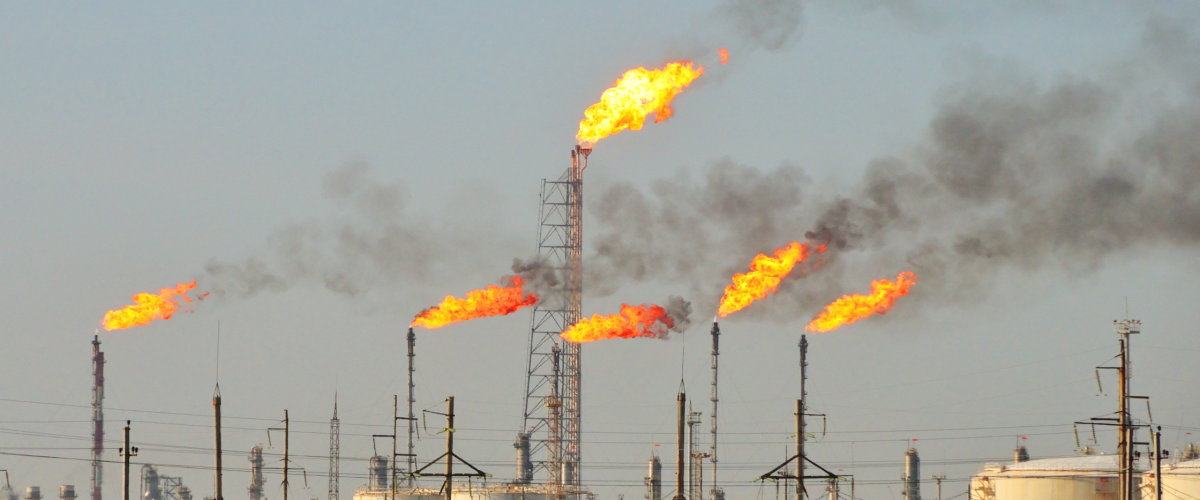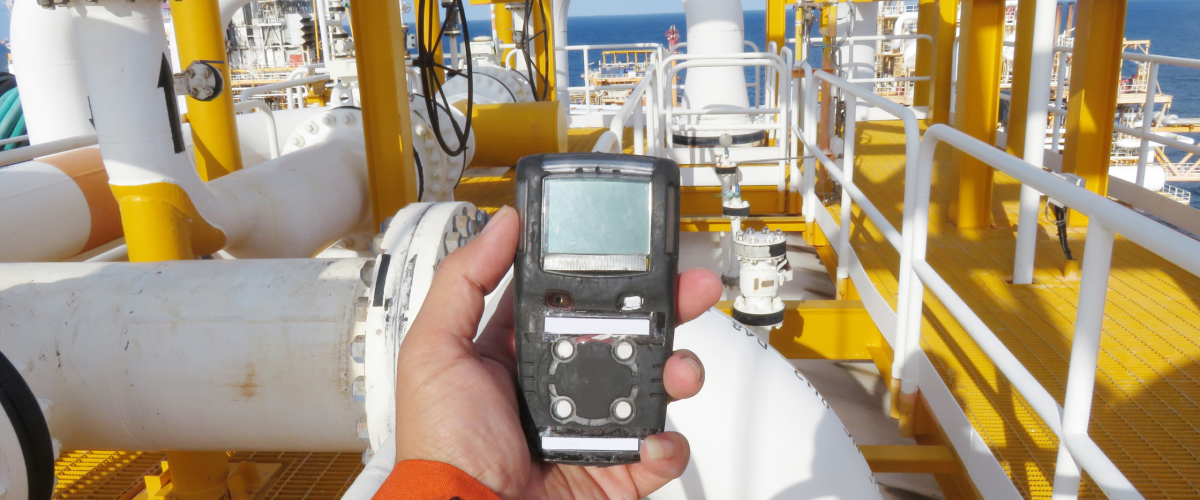Flare gas recovery systems play a crucial role in minimizing waste and emissions in the oil and gas industry. Flaring, the controlled burning of excess gases, is a common practice in oil and gas operations, but it can contribute to environmental pollution and the wasteful burning of valuable resources.
Here’s how flare gas recovery systems work and their benefits in reducing waste and emissions:
How Flare Gas Recovery Systems Work:
- Capture of Flare Gas:
- Flare gas recovery systems capture the gases that would otherwise be flared during routine oil and gas production, refining, or petrochemical processes. These gases often include methane, ethane, propane, and other hydrocarbons.
- Compression and Treatment:
- The captured flare gas is compressed and treated to remove impurities. This process ensures that the recovered gas meets quality standards for reuse or sale.
- Utilization or Injection:
- The recovered gas can be utilized on-site for various purposes, such as fuel for turbines or boilers, which helps meet the energy needs of the facility. Alternatively, it can be injected back into the production process or transported for use elsewhere.
Benefits of Flare Gas Recovery Systems:
- Reduction of Greenhouse Gas Emissions:
- By capturing and utilizing flare gas, these systems significantly reduce the amount of methane and other greenhouse gases released into the atmosphere during flaring. Methane, in particular, has a higher global warming potential than carbon dioxide, so minimizing its release is crucial for mitigating climate change.
- Minimization of Air Pollution:
- Flaring releases pollutants such as sulfur dioxide, nitrogen oxides, and particulate matter. Flare gas recovery systems help minimize air pollution by preventing these pollutants from entering the atmosphere.
- Energy Recovery:
- Instead of wasting valuable hydrocarbons through flaring, flare gas recovery systems enable the recovery and use of these gases as an energy source. This not only reduces waste but also contributes to energy efficiency in oil and gas operations.
- Economic Benefits:
- The recovered gas can be sold or used on-site, providing economic benefits to oil and gas operators. Flare gas recovery systems offer a cost-effective way to capture and monetize gases that would otherwise be wasted.
- Compliance with Regulations:
- Many jurisdictions have regulations in place to limit flaring and encourage the implementation of flare gas recovery systems. Utilizing these systems helps companies comply with environmental regulations and industry best practices.
- Sustainable Practices:
- Flare gas recovery aligns with sustainable practices in the oil and gas industry. It reflects a commitment to minimizing environmental impact, conserving resources, and promoting responsible energy development.
- Enhanced Operational Efficiency:
- Flare gas recovery systems contribute to operational efficiency by optimizing the use of available resources. By capturing and repurposing flare gas, operators can enhance the overall efficiency of their facilities.
- Improved Corporate Social Responsibility (CSR):
- Implementing flare gas recovery systems aligns with corporate social responsibility goals. It demonstrates a commitment to environmental stewardship and responsible resource management, enhancing the company’s reputation.
While flare gas recovery systems offer significant benefits, challenges such as initial investment costs, technological complexities, and varying gas compositions need to be addressed for widespread adoption.
However, the environmental and economic advantages make these systems a valuable tool in minimizing waste and emissions in the oil and gas sector.
Read more on Sparkview Energy:
Natural Gas Compression: Equipment and Applications in the Midstream Sector
Environmental Impact of Oil and Gas Equipment: Mitigation and Sustainability Measures
Modernizing Oil Refineries: Upgrading Equipment for Higher Yields and Energy Efficiency



